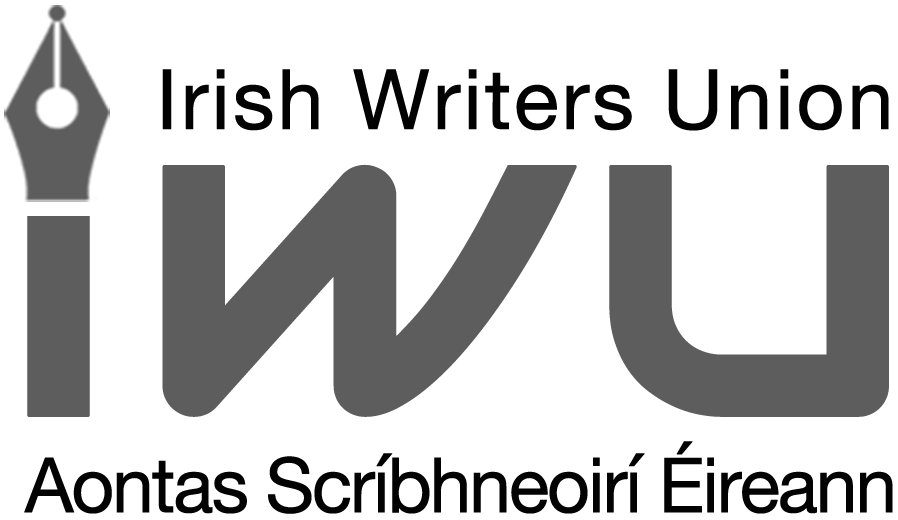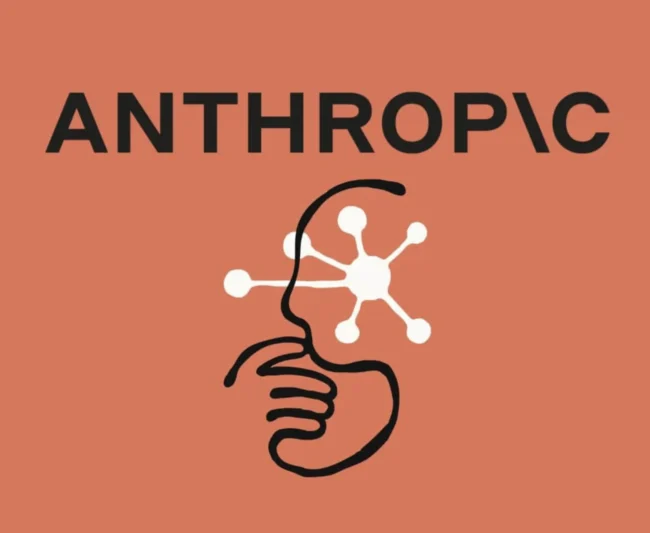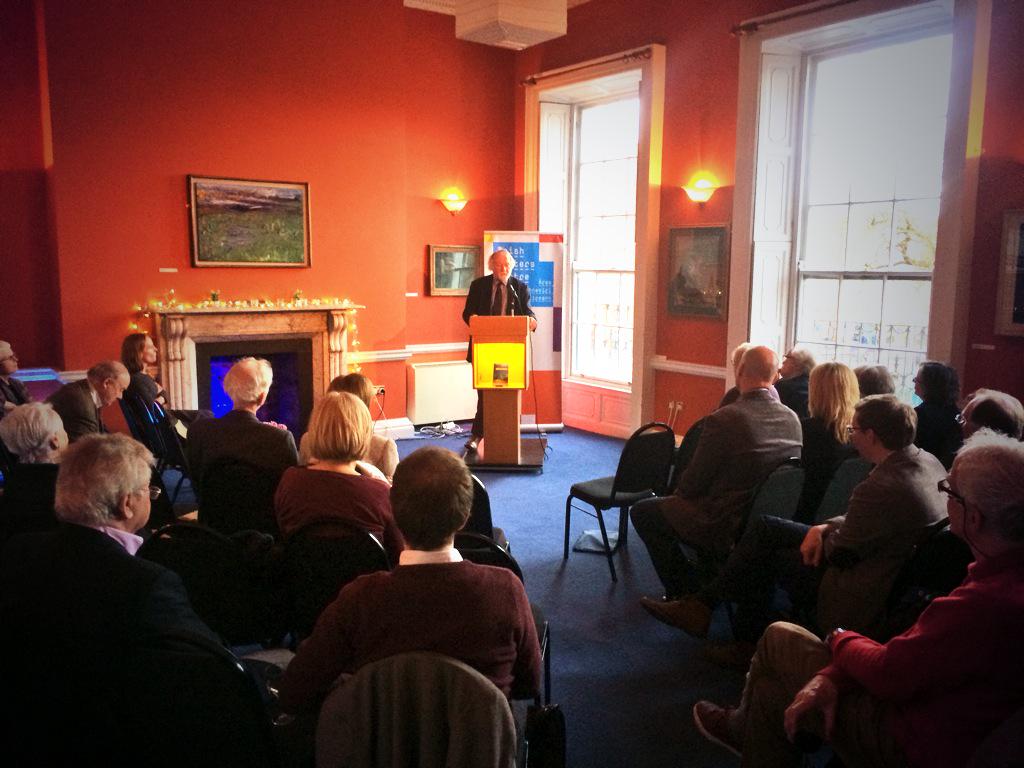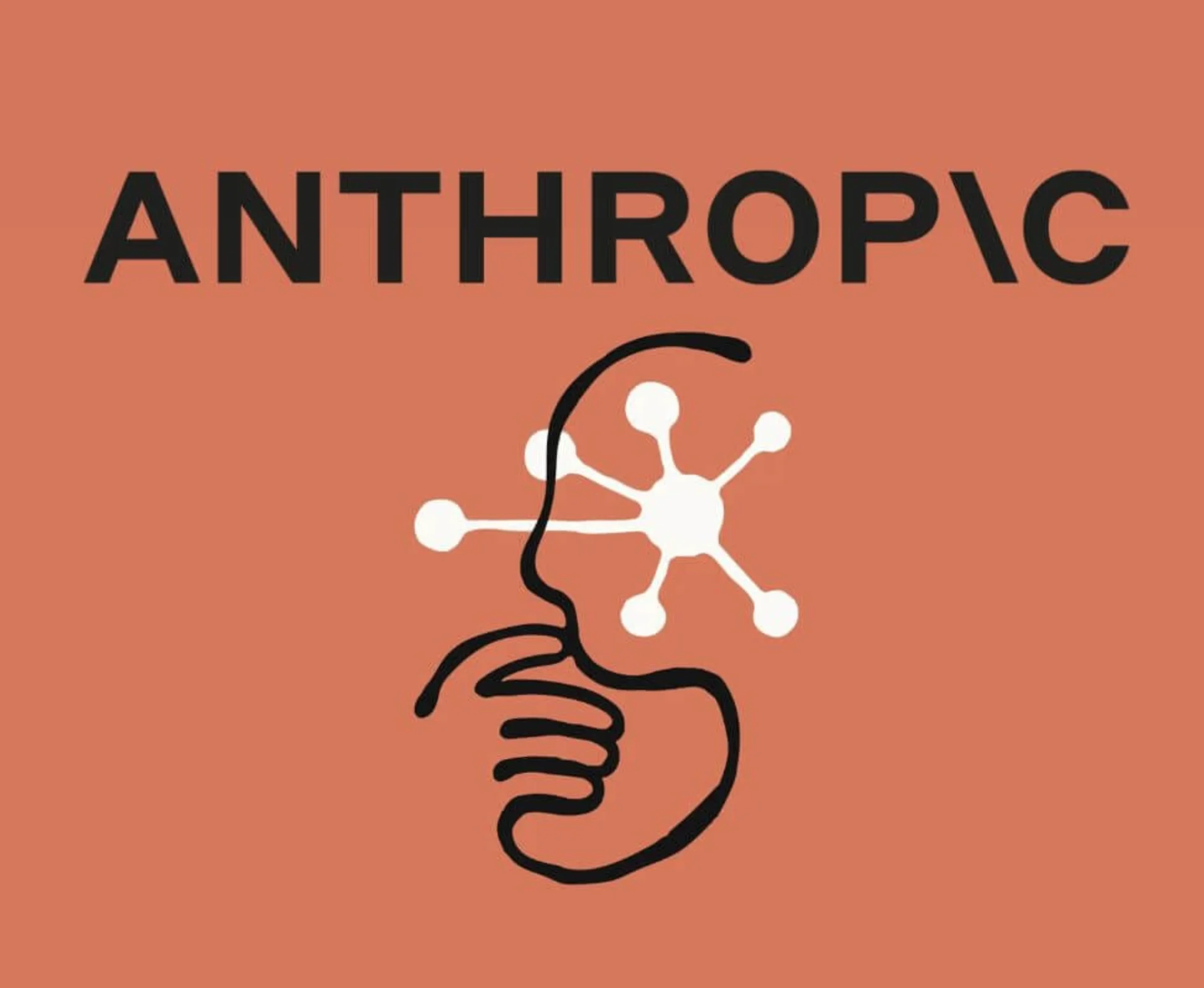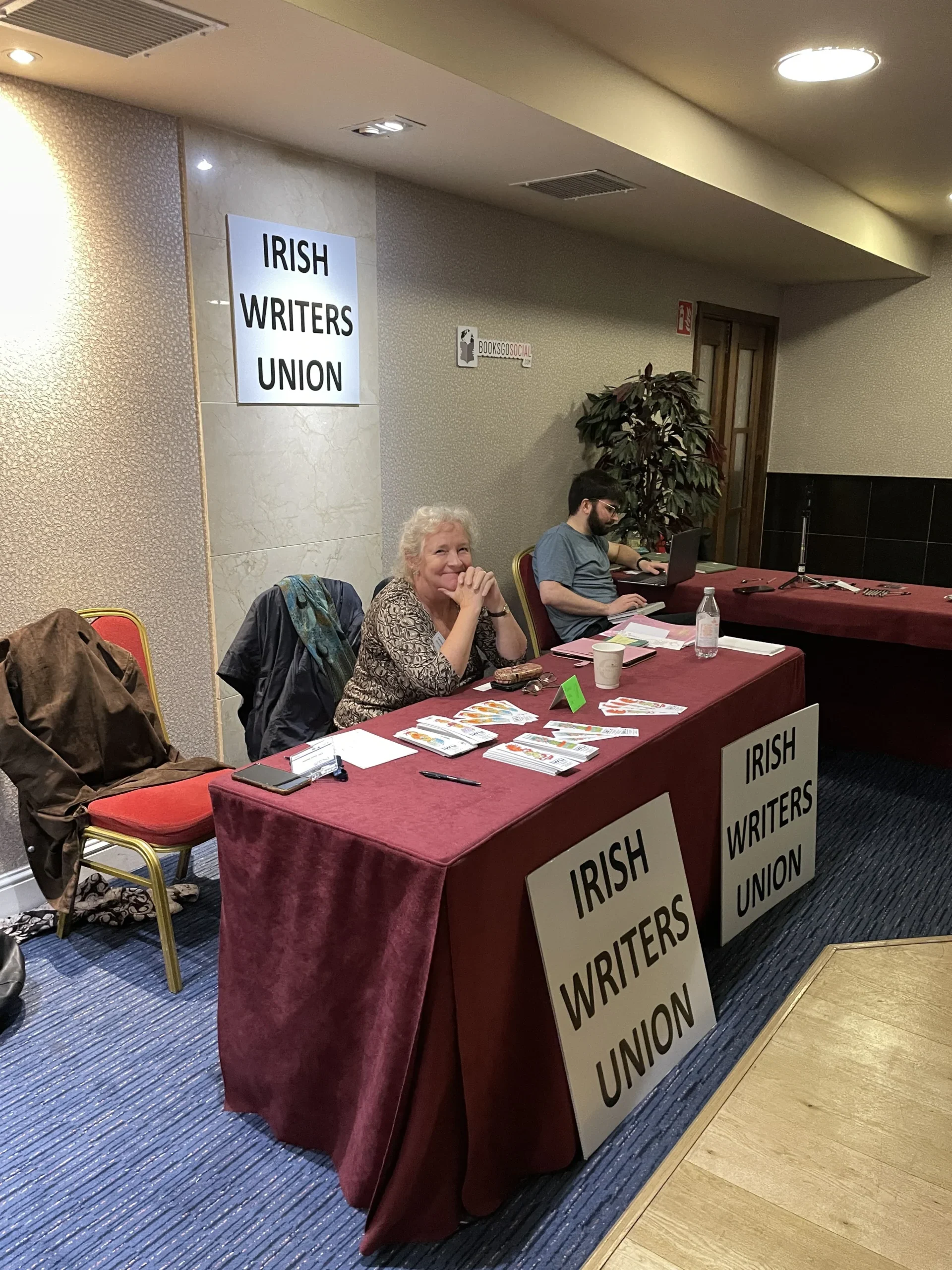
By Roy Hunt
“Authors now have more ways to find readers than ever before … successful self-publishing is now no longer the exception that proves the rule, it is becoming the exception that threatens the rule.”
Writers’ & Artists’ Yearbook (2017), pp. 586-87.
“In truth, it is monumentally difficult to establish a national readership as an independent author. Remember that your book is just one in millions.”
IngramSpark, ‘Guide to Independent Publishing’ (Brendan Clark, 2018).
Introduction To Book Self-Publishing
This article will cover the basics of self-publishing a novel, from writing the first draft, all the way through to formatting the book for publication. It will offer guidelines on how and where to publish and who to turn to for help. It will also explain how this doesn’t have to cost a fortune. It can be done and can even be commercially viable in the long term. It is not, however, an exhaustive step-by-step guide to interior design of a book or cover.
Indie authors are now a major force on the publishing landscape, if you are one, or considering becoming one, congratulations. It is not an easy life, but with tenacity and commitment, there is hope. The Alliance of Independent Authors (ALLi) claims that more than 10 percent of its membership have sold more than 50,000 copies and that the advantages of independent authorship (ie self-publishing) include retaining creative control, generating higher incomes, and maximizing their earning potential.
The First draft to final edit stage
When I started my debut novel, Mutation, I began with the research. I went to libraries, I borrowed or bought books (pollution and bacteria were the subjects of my first book), I interviewed experts, and I took extensive notes. It took over four years part time to do the research. When I’d finished, I found to my dismay that I couldn’t remember much of what I’d taken extensive notes on. It took two more years to write that first draft of Mutation.
Just sit and write!
Late in life, I earned a BA in Humanities. This gave me an idea for my second book: treat the first draft like an exam. I did this for my novel ‘Fr Winter: a threatening genesis’. After my research, I set myself three hours of uninterrupted time and I just sat at a desk and wrote. It was incredible how the words came. I completed the first draft in three months. Three hours a day, approximately 2,500 words are 12,500 words a week, that’s 50,000 words a month equals 150,000 words in three months (I then paired it back to 138,000 words). There’s your first draft. I don’t recommend this method for non-fiction.
Not everyone can take three hours. Dublin based thriller author (both traditionally published and now self-published) Laurence O’ Bryan posted recently that he is averaging 750 words a day presently on his latest novel. So do what you can.
Then go for a meal, and congratulate yourself, because you have just created something wondrous: your first book. This is your quarry to exploit. It’s only the first draft, and there is a massive amount of work yet to be done, but the psychological relief and sense of achievement at getting that first draft out is incredible.
Now take out your notes and begin to painstakingly go over that first draft putting in what you couldn’t remember and setting your facts straight. You have to self-edit until you’re convinced there are no mistakes in the chronological order, the spelling or the plot lines (There will be, you just can’t see them anymore). Then, when you are sick of the sight of it, you hand it over to an editor. No author—with rare exceptions, I know one author that has successfully accomplished this—should do final edits on their own work. You will become ‘word blind’ there are simply things you will not see. You must get an editor.
“Indie authors are entrepreneurial minded, invested in the success of their author careers, creative directors of their author and publishing business, hiring others to help them with things like editing, proofreading, cover and interior design, marketing and promotion.”
(ALLI ‘APWG report on author earnings misses the mark’ 11 June 2019).
The interior design and cover
Once you’ve got that first draft written, and checked it to the best of your ability, which will lead to several more drafts, perhaps as many as five, and given it to a proofreader/editor, and then gone over and dealt with their corrections and suggestions, you’re ready for the next step: laying out the interior design of the book which includes picking the book size and the typeface, organizing chapter headings and page numbers, (images, charts and graphs perhaps if its non-fiction), laying out your introductory pages and organizing your cover. You do the interior first.
Formatting your book is a steep learning curve; Here are the basic steps: Pick the book size (the trim): These sizes are all in inches. The most popular are, for general fiction: 5.25 x 8; thrillers: 5.25 x 8.25; memoir: 5.25 x 8; reference, non-fiction: 6 x 9. However, the most commercially viable size (ie, the cheapest to print and easiest to format), is 6 x 9. This is very popular with American fiction markets. It is what I published Mutation in. One crucial difference: fiction is published on cream (really off-white) and non-fiction is generally published on white paper.
Then you have to block out—called justified text— the book, making sure the text is squared off and the top and bottom lines on opposing pages are even, you have to set hyphen control so the words are not spaced too far apart, you have to eliminate widows (a single line of a paragraph before a new page) and orphans (last line of a paragraph that appears at the beginning of the next page). The margins must be set for top, bottom, the sides and the gutter (the middle of the pages when you open a book), and you have to pick the typeface. Decide where to place your page numbers and consider using a different typeface for the chapter headings. This makes the book more pleasing to the reader’s eye. If you are formatting in Word, a good rule for line spacing is to set line spacing at 120% of the font size. For example, at font size 12 x 120% equals line spacing of 14.4 pt (point) spacing.
Typeface
A word about the typeface: If you look at the legend page (copyright and publisher’s details page at the beginning of all books), you will sometimes see the words ‘set in Garamond’ or ‘typeset in Minion’. This refers to the typeface used. They are all old text, serif based, consisting of a tilted axis, slight stroke variations, and rounded or bracketed legs. Most computers (I used windows 7) default to Times New Roman (TNR) and font size 12. Many self-published writers have published in this. I didn’t. I read a good deal on typeface and what I learnt was, TNR was designed for the tight spaces of newspapers, it is an excellent, versatile font, no question. However, it was not designed for long works like novels. Garamond, or Berling Roman or Minion was. For non-fiction, the typesetting software experts Indesign recommend Caslon for academic and Utopia for general interest. A warning: Indesign is specialist software for typesetting (See info box for the difference between formatting and typesetting). I used Palatino Linotype because my research indicated that this was more suitable for non-typesetting software such as Microsoft Word.
The book cover and the proof copy
When I finished my first book I used the Print on Demand (POD) services of Createspace, (Now Amazon’s Kindle Direct Publishing (KDP)). You can get a free cover from them and then get an author copy or two sent to you. Guess what, that is an incredible wake up. Your work is in your hands, a real book. Sit down and check carefully. First, check the margins and layout, the page numbers and chapter headings. Then take a pen in hand and read through it. The chances are, you will spot even more mistakes, hopefully, small ones, but you need to correct them. There is something about holding that first proof copy that crystallizes your mind and little mistakes you didn’t see before will jump out at you. Make those corrections and resubmit your file (But remember, if you make corrections at this late stage, you will have to check the entire file again; I did it, but it was tough going). In the meantime, think about what design you want for your cover. Don’t keep the free cover because anyone else can use it to.
The cover
I didn’t do my own cover. Unless you are competent in this area, stay away from it. You can buy a cover from several online sites and enter your own data or get a reasonably priced designer to give you a more professional edge. You will be asked to describe the book and from this, they will suggest some possible images you might like. When you pick one, the work begins. You have to be well prepared and have this thought out; I hadn’t. Decide what colour you want your author name in, what colour you want the name of the book title in. What typeface—mine is Baskerville old face to give it that Gothic-horror look—do you want to use? You must tell your designer the page count and what colour paper you are using because this impacts the book’s spine depth. My first attempt was a stumbling experience. Half way through the planning I changed the font for the interior from TNR to Palatino Linotype. This made the reading experience easier, but it changed the spine size.
Have your back page blurb ready. And, as you’re self-publishing, have you considered whose name is going on the spine as the publisher? I set up a trading name—Twilight Books.eu—and that’s what is on the spine of my first book, along with my name and book title. All books have this. Look at any book on a shelf. And put your International Standard Book Number (ISBN) on the back cover. Publishers, booksellers and libraries all need it to identify your book.
A quick rule: when researching companies online to help you, look for convincing testimonials from successful authors. If a company doesn’t mention a single author, that’s not a good sign. It’s all about referrals and testimonials.
Reviews
Reviews are essential for self-published unknown authors. Some organizations, such as NetGalley, have a host of reviewers from all over the world working round the clock reviewing books. When you produce a book yourself and do everything to get it to market, until it comes alive in the hands of readers and reviewers, you don’t really know what you’ve got. You can check out sites like BooksGoSocial, who offer free review opportunities, or paid sites such as Kirkus and Foreword Reviews. Get Advanced Reader Copies (ARCs) printed out and offer them to professional reviewers, libraries, book clubs; anyone who will review your book and has the savvy to post it on book review sites and blogs to get you publicity.
How Much Does It Cost To Self-Publish a Book?
“With an Irish bestseller unlikely to sell above 4,000 copies, whether contracted or indie, don’t expect an income or self-publishing costs to be covered.”
Irish Writers Union (2019).
Sobering words, but serious authors are in this for the long game; you won’t make short term kills. So part of the purpose of this article is to encourage you to set out on this journey with the reassurance that you don’t have to spend a fortune to launch your book. Don’t do that. You should reasonably expect to pay somewhere between €400 to €600 for a proofreader/editor. Editing services are easy to find online, but make sure to look for ones with professional standards such as the Association of Freelance Editors, Proofreaders and Indexers (AFEPI), or, if an editorial service is not affiliated to some professional body, again, look for convincing testimonials from successful authors.
Here is a rough guide to what it cost me to self publish Mutation, which has 95,000 words over 38 chapters. In total, including the editing, the cover, and investing in reviews, I spent approximately €600. Editing was €400. The cover cost €150. I saved by formatting the book myself using Word. Some formatters will charge €600 alone just to format your book for ebook distribution and a print edition. Remember, this is for fiction, non-fiction/academic is usually more expensive. Do some research: start with the AFEPI for editing and check out sites like BooksGoSocial and Joanna Penn (The Creative Penn) for general information and reliable book cover designers.
Advertising and social media
A quick word here about sales and marketing (other than reviews), getting the word out about you and your book. I got great goodwill publicity from local press releases and radio interviews. I have had a good deal of success with local bookshops. Also, I believe car boot sales are a good way to get sales. I haven’t attempted this yet, but I plan to. Also, you make more profit when you buy author copies and sell directly yourself. My first book is based on Lough Ree and in Athlone, so shops (including cruiser hire firms, gift shops, and book shops) are ideal targets for either books or leaflets advertising my book. It’s worth your while checking out Laurence O’ Bryan’s book ‘Social Media is Dynamite for Writers’ and Wendy H. Jones’ ‘Power Packed Book Marketing: sell more books’. Both these are booklets, so short and to the point. You’ll find them on Amazon.
Finally
I hope this has been some help to those of you, who, like me, might have begun very tentatively, and completely in the dark as regards the realities of publishing who got disheartened when they couldn’t get a literary agent or publisher. Don’t give up. The self-published route is entirely professional and a growing force within the publishing market. I did some research for you before I finished. I cannot vouch for any particular company or individual, but I personally feel the following companies worth checking out. Do the research.
Resources
Good sources for general reading on self-publishing:
- Alliance of Independent Authors: (ALLi)
- Association of Freelance Editors, Proofreaders, and Indexers (AFEPI).
- Society of Authors
- The Irish Writers Centre: Mentoring services, and they run good courses on various stages of writing progress.
- The Irish Writers Union: involves themselves in legislating for authors rights and offer free advice on book contracts to members.
Companies/groups/ individuals worth checking out
- BooksGoSocial.com: Dublin based, book covers; editing; marketing; courses.
- Dublin Writers Conference: Each year, experts come from all over (Mainly Australia, America, Europe and Ireland) and advise writers about their various areas of expertise. Traditional authors plus indie authors and publishing professionals (including film and tv), are all represented.
- Foreword Reviews: https://www.forewordreviews.com Industry respected book review site
- Joanna Penn: The Creative Penn, https://www.thecreativepenn.com/ excellent for general information on all aspects of self-publishing
- Kindlepreneur: Dave Chesson runs courses on how to advertise your books on Amazon yourself. Complex.
- Kirkus: https://www.kirkusreviews.com/ Industry-respected book review site.
- Matador: (www.troubador.co.uk/matador); Full self-publishing service.
- NetGalley: (www.netgalley.com) high quality book review site
- Silverwood (www.silverwoodbooks.co.uk); full self-publishing service.
- www.selfpubbookcovers.com: Book cover service at economical prices.
- www.thebookdesigner.com This site is run by Joel Friedlander and is excellent for reading on book interiors and typefaces.
- www.bookbaby.com: (New Jersey) Philadelphia based Steven Spatz’s BookBaby is a full service self-publishing company with a strong reputation.
- www.ingramspark.com: this is a reputable company with a UK base who help authors to self publish.
- Writers’ & Artists’ Yearbook: (https://www.writersandartists.co.uk/); details of industry contacts to help get your work published.
Explanatory definitions used here
Copy editing: there are various parameters and definitions. To me, it means an editor checking your book for plot holes or contradictions such as a character with two names, wrong dates or time sequence problems and so on. They suggest structural edits and rewrites.
Formatting versus typesetting: Typesetting (software like indesign) is more advanced. You have more control over aspects like kerning (the space between letters and words) and leading (the space between lines), and blocking out your book. Also, typesetting gives much better resolution for the many various fonts such as Garamond, Janson, Bembo and so on. But it is much more expensive.
Print on demand: Companies such as KDP and IngramSpark will hold your formatted file on their computer and they can then print out one copy or one thousand. So there is no excess copies or waste.
Proofreading: simply put, proofreading is checking the spelling and grammar.
